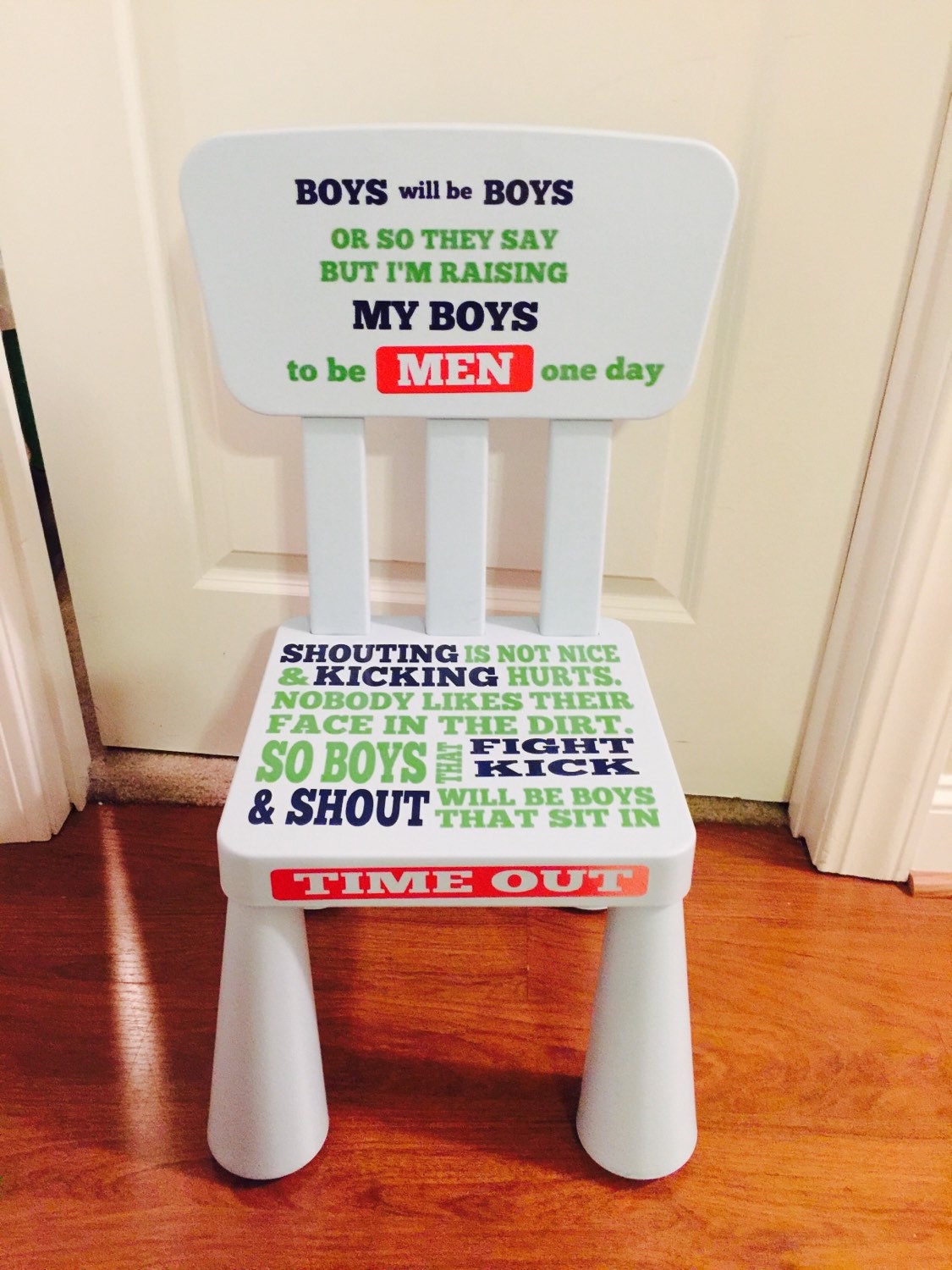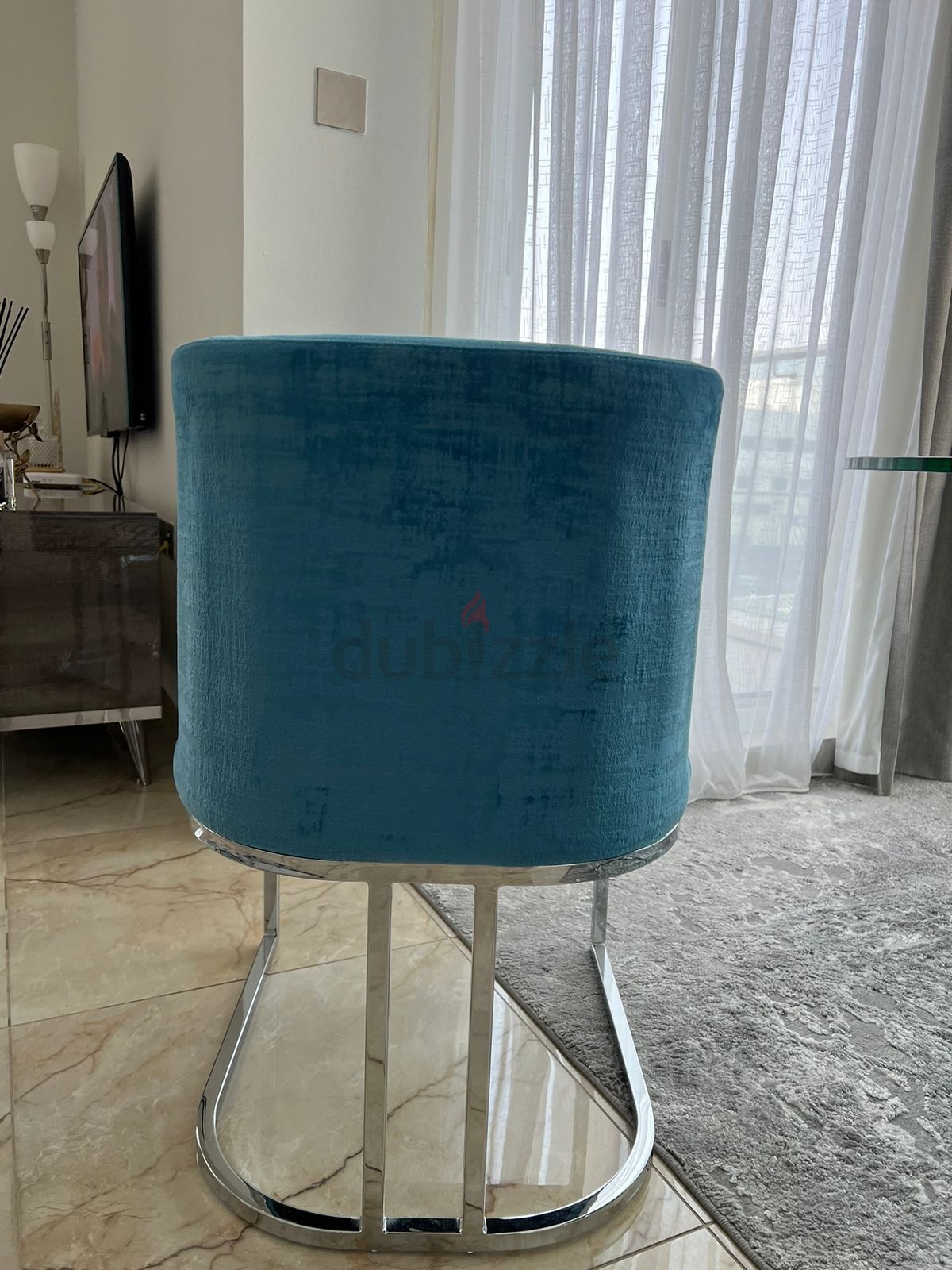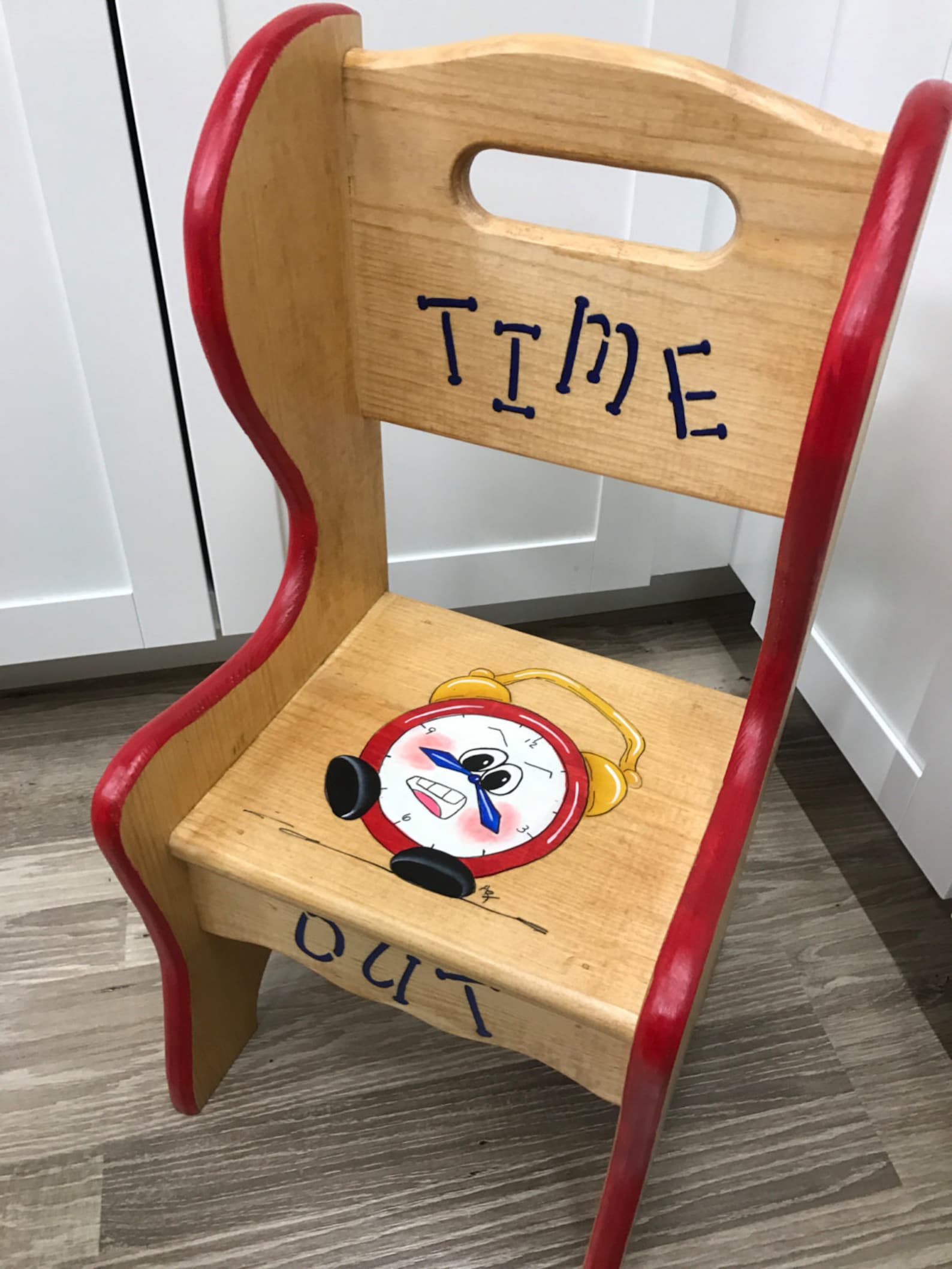

“I think that’s going overboard,” he says. The research to date doesn’t support advice to abandon time-outs. “We’re currently doing research on whether time-ins work, but to my knowledge there’s virtually no evidence on whether time-ins are effective,” says George Holden, chair of the Department of Psychology at Southern Methodist University. But there’s little evidence that these strategies are superior. Over and over again, she says, they were directed to explore TBRI and time-ins, and they were discouraged from using time-outs. Call says time-ins are an inclusive practice that communicates to the child that “I’m here to help you calm down and we can work this out.” Time-outs, meanwhile, “exclude the child and can convey the message, ‘Figure this out on your own’ or ‘Calm yourself down.’”Īfter their adoption application was rejected, Unruh and her husband contacted several other adoption agencies. Unlike a time-out, which traditionally involves sending a child to his room or some other solitary place, a “time-in” involves having a child sit quietly in the same room with a parent. “We advocate and teach caregivers to use time-ins instead of time-outs as a discipline practice with vulnerable children,” says Casey Call, assistant director of the Karyn Purvis Institute of Child Development at TCU. The same agency also advised the Unruhs to explore a method of parenting called Trust-Based Relational Intervention, or TBRI, developed at Texas Christian University. The adoption agency that rejected the Unruhs’ application recommended that Amy and Steve read Siegel’s book Parenting from the Inside Out. Keep an eye on your child to make sure she does not start playing with the blanket or mat if you use them instead of a chair.Help your kids thrive with the latest research-backed tips from TIME’s guide to parenting. You can also take these with you in case you need to put your child in time-out away from home. If a time-out chair is not available, you can use other items like a small blanket or mat to show your child where to sit on the floor for time-out. Remember, this is a time-out from things your child likes. Try to avoid chairs that rock, chairs with soft cushions, and chairs with pictures and graphics on them.

It is important for your child’s safety to choose a sturdy time-out chair that he cannot rock or move. If you use a small, child-sized chair, your child can easily move the chair around. An adult-sized, wooden kitchen chair often works best. The Time-Out Chair and Other AlternativesĪ time-out chair is the most common place parents identify for time-out. If you cannot touch anything, your child will not be able to touch anything either. Being able to kick or hit the wall may be fun for your child. Make sure that your child cannot hit or kick the wall. One way to decide if a place is a good spot for time-out is to sit in the space yourself. Stay nearby so you can monitor what is happening. Do not leave your young child unsupervised for long periods of time.The goal is to remove all attention and fun things so your child does not like going to time-out. Do not turn off the lights during time-out and never use a closet.Make sure it is safe and your child does not have access to things that are breakable or can cause harm, like chemicals or detergents.This area is usually away from people and things in your home that your child likes. Often, the best place for time-out is at the end of a hallway.If you need to use the bedroom as a time-out area:.The bedroom often has too many things in it your child likes.

Your child’s bedroom is not a good place for time-out. Choose a time-out place that is away from toys, people, windows, TVs, radios, and anything else your child likes.Think about the following when you are picking a time-out spot:

If you decide to use time-out as a consequence, it’s important to choose a good time-out place in the home.


 0 kommentar(er)
0 kommentar(er)
